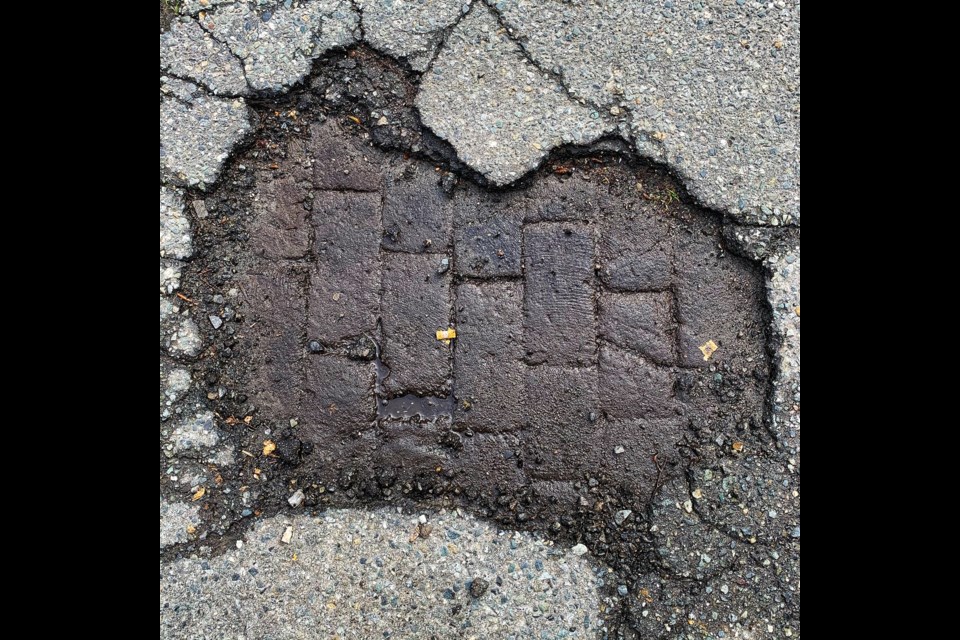A Vancouver photographer who specializes in finding ghost signs around the city came across an interesting piece of history right beneath his feet.
Gareth Farfan posted the high-quality images to his Instagram page ghostsigns_etcetera adding they were taken on Railway St. The pavers pop up every few years or so usually when construction lifts up a layer of asphalt or when traffic wears enough of the road away to expose them.
It might be hard to imagine nowadays with B.C.’s wood prices being so high, but 100 years ago cedar and fir were seen as economical, quieter than stone pavers and also easier on horses’ feet.
Patrick Gunn of the Heritage Vancouver Society, who came across some of the old wooden pavers in 2018, believes the blocks were soaked in creosote to expand their lifespan but went out of popularity around 1910.
Over the years the pavers have been uncovered under the pavement of various Vancouver streets including a large stretch around the Urban Winery in Railtown, East Georgia, Dunlevy, Union, and now Railway.
Upon Gunn’s discovery three years ago, he dug up a news item from the Vancouver Daily World, dated Nov. 12, 1909, which pointed out wooden paving blocks were being stolen for fuel.
“The police department have received many complaints from street contractors that paving blocks were disappearing in large quantities and asking aid in having these practices stopped,” the news report states. “Wood paving blocks are considered a splendid fuel for the stoves, requiring no cutting and besides being fine and dry make a hot fire.”



.png;w=120;h=80;mode=crop)